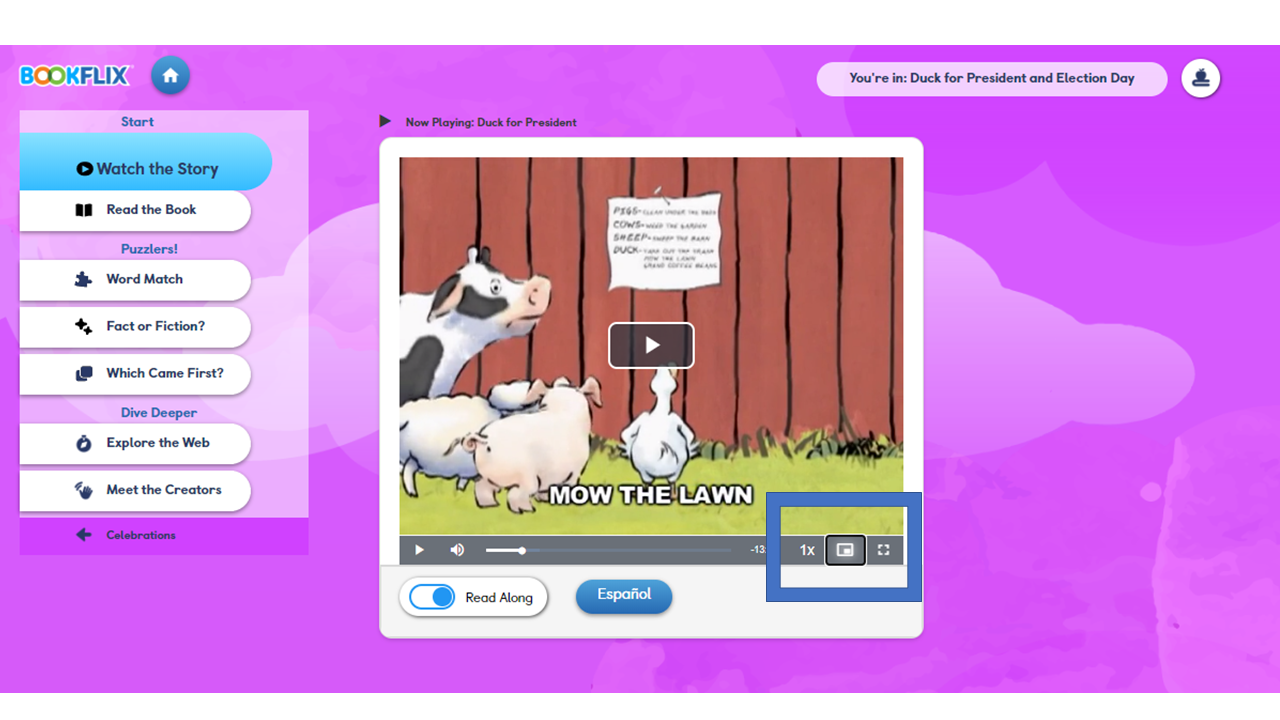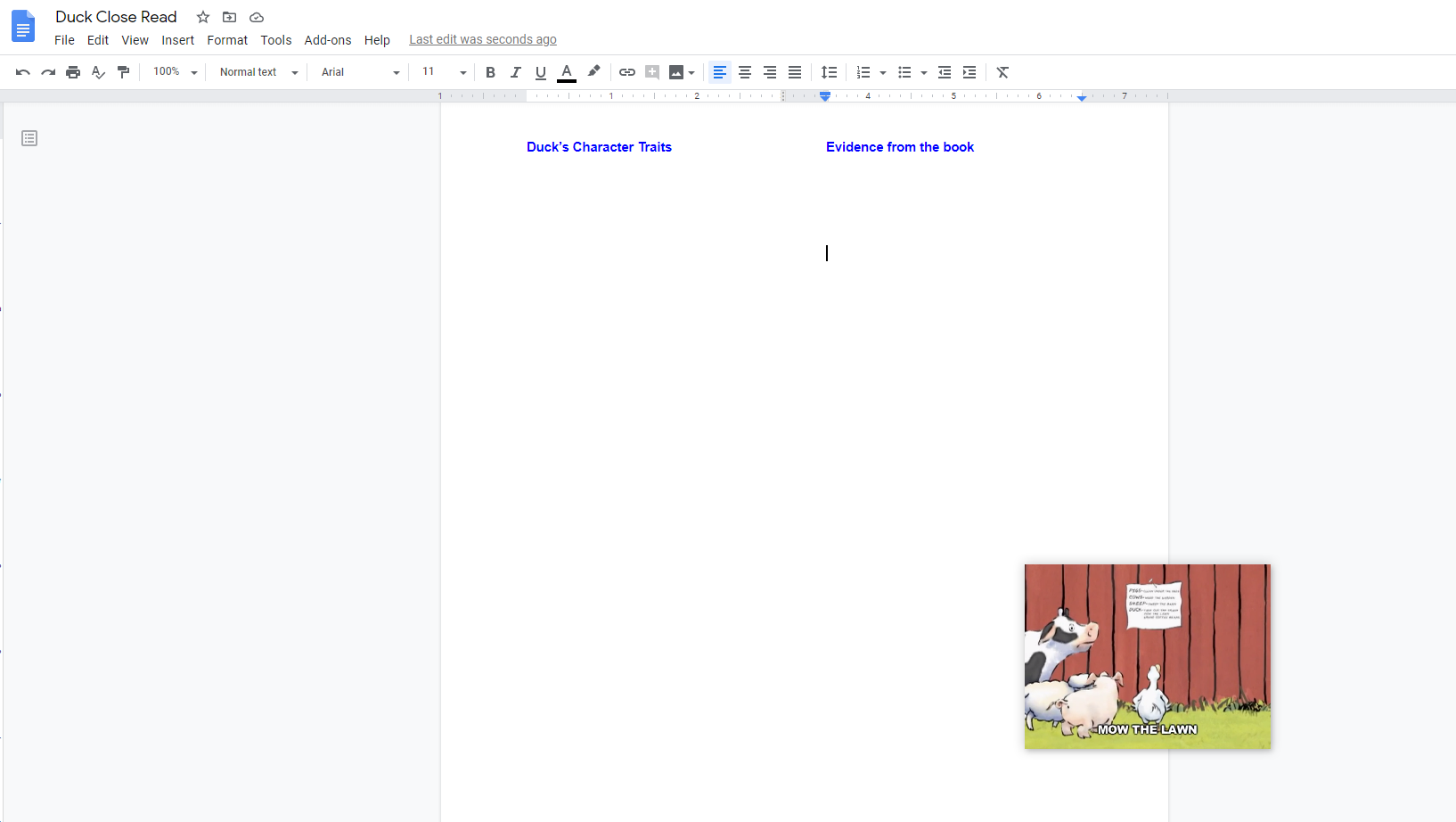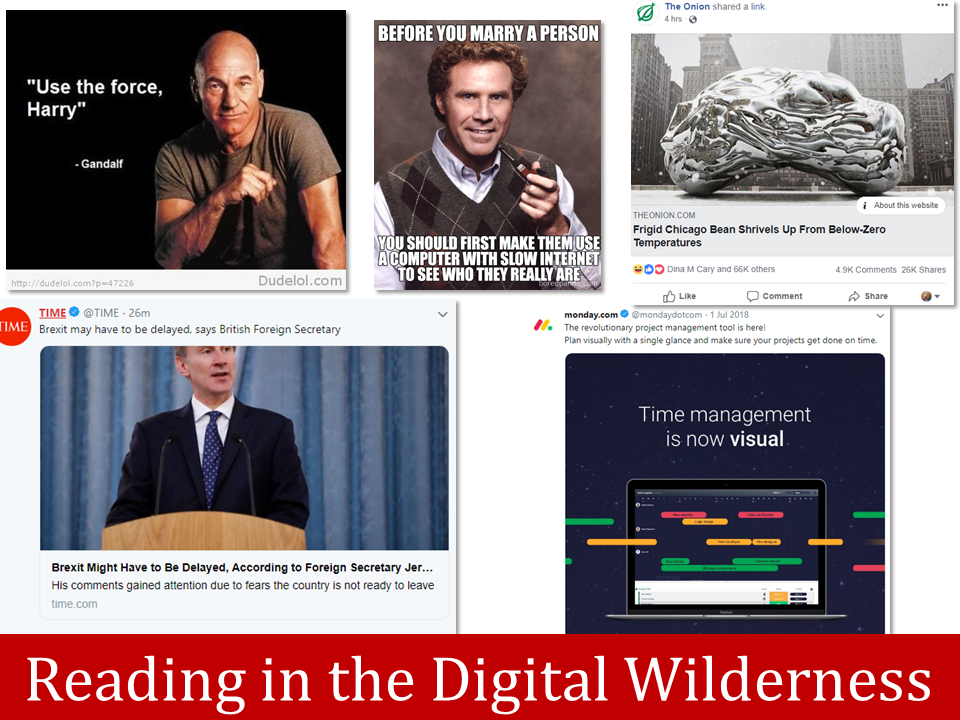
Learning Objectives
- Understand and apply best practices for digital reading.
- Use strategies to encourage students to closely read complex text online.
- Create a lesson plan that includes best practices and strategies shared in the class.
Teaching Approaches for Digital Text
Consider the gradual release method of teaching also known as the I Do, We Do, You Do strategy to teach students to be smart readers in a wilderness of digital content. Starting from a very early age, students should work with their teachers and peers to explore and discuss digital content before they are released to fend for themselves on social media, blogs, news sites, or even television.
What does this look like as part of the curriculum? Use the Ohio Department of Educations handy English Language Arts Vertical Alignment: Reading Informational Strand. Which standards lend themselves naturally to the critical analysis of information? Work with your district ELA team to discuss how to integrate digital text and other media found online into the curriculum.
Gradual release can look like this using INFOhio's quality digital content:
PreK-3
- Start with BookFlix or World Book Early Learning for learning to read lessons.
- Use the eBooks in the resources as read-alouds for mentor texts or close reads.
- Model the play and pause features to help early readers understand how to stop and reread.
- Use the picture in picture feature in BookFlix to take notes and annotate while reading.
- Build connections between the reader and the characters and situations in the digital text.


Grades 3-8
- Use World Book Kids and World Book Student, Explora for Grades PreK-5, Explora for Grades 6-8, and ISearch to provide authentic online text for learners.
- Model the navigation and access features in the resources to scaffold learning.
- Allow students to choose the online text they prefer to meet the learning standard.
- Ask students to track the types of digital text (including social media) they read, their reactions, and their thoughts on how it fits their needs as a learner.
- Encourage students to explore topics of interest using other types of media found online.
Grades 9-12
- Use ISearch, Points of View Reference Center, and World Book Advanced to supplement subject area text.
- Ask students to find textual information on a topic from an online source other than INFOhio. Then, ask them to compare and contrast the two texts.
- Encourage students to read complex text using chunking or annotation. Challenge readers to make personal connections to the content.
- Use social media, video, advertising, and other online content as media to be discussed, confirmed, or debunked.

Building Your Lesson Plan
Using the information you have learned so far, your knowledge of your students, and your technology capacity, use the template below to create a lesson plan that integrates Best Practices for Digital Reading and strategies for close reading. Consider sharing the lesson you create in INFOhio's Open Space.